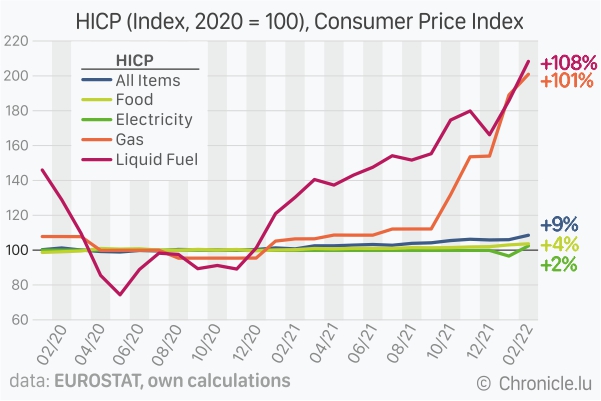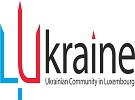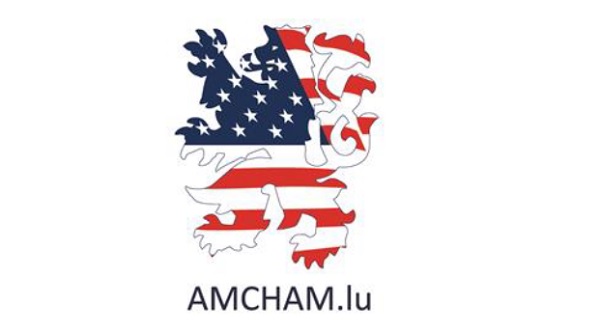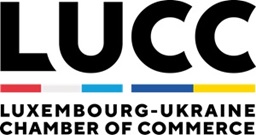
Annual inflation in Luxembourg reached 6.6% in February 2022 with respect to the national consumer price index (indice des prix à la consommation national - IPCN), data from the national statistics agency Statec have shown.
The IPCN, which follows the consumption on national territory by Luxembourg households, is based on the harmonised framework set up by the European Union (EU) statistics agency, known as the Harmonised Index of Consumer Prices (HICP), which accounts for total consumption on the national territory, including that of non-residents.
Soaring fuel prices have played a major role in the current high inflation rates and this has a direct impact on the household consumption across Europe. The HICP does not consider absolute prices (which vary from one country to another), rather as a portion of the total household consumption, allowing to compare inflation between countries.
In order to determine the evolution and impact on household consumption due to increased gas and fuel prices, the HICP data has been extracted from Eurostat and referenced to consumption data in 2020 as base 100. In other words, the twelve month average prices of all consumer goods and services acquired and used by households in 2020 were taken as 100.
In terms of HICP for all consumer goods and services (all items), February 2022 prices reflected an increase of 8.54% (index 108.54) in Luxembourg compared to 7.02% (index 107.02) for the EU as a whole, in comparison with 2020 average prices.
As a non-energy commodity, food prices in Luxembourg were up 3.65% (index 103.65) in February 2022 compared to the 2020 average prices - comparatively lower than the 6.10% increase across the EU.
However, gas and liquid fuel (including petrol and diesel) prices in Luxembourg increased by 100.92% and 108.30% in the same period, respectively. The data also showed that households had to pay increasingly more for liquid fuel since the beginning of 2021 while the price increases for gas started in September 2021.
In comparison, households across the EU paid 43.81% higher gas prices and 54.40% higher liquid fuel prices in February 2022 compared to the average prices in 2020.
Gas prices increased the most in Belgium (157.82%), Denmark (115.79%) and Bulgaria (113.81%) in the same period. Malta was the only EU Member State to report a decrease in prices (down 1.64%). Data for Finland is not available.
In the case of liquid fuel, prices in Luxembourg increased the most (108.30%) among 21 Members states for which data is available, followed by Belgium (87.32%), Croatia (81.14%) and Lithuania (78.83%).
In terms of electricity prices, Luxembourg households paid only 2.42% higher prices while households across the EU witnessed 32.58% increase.









